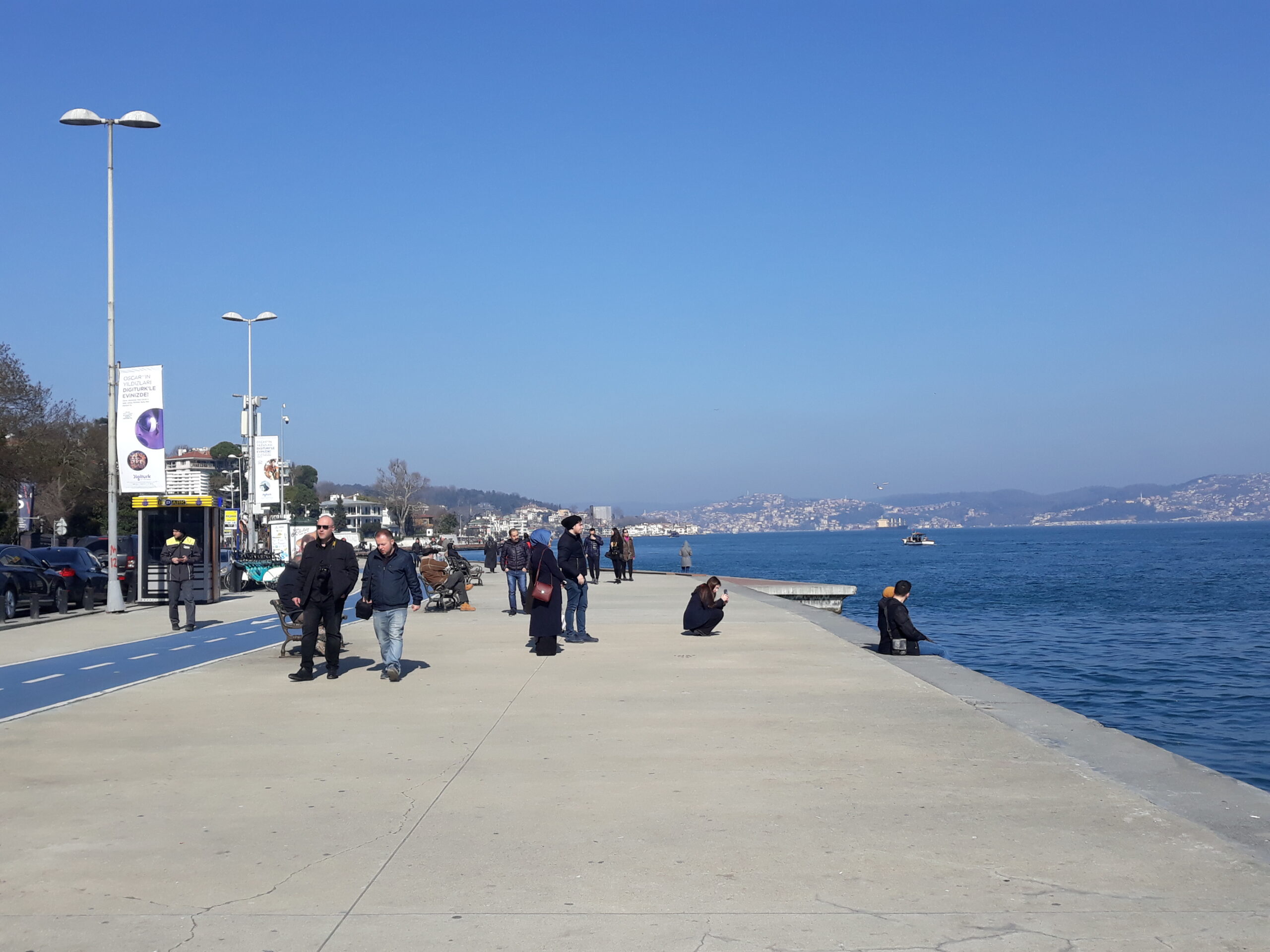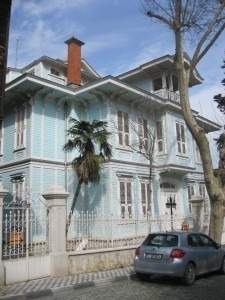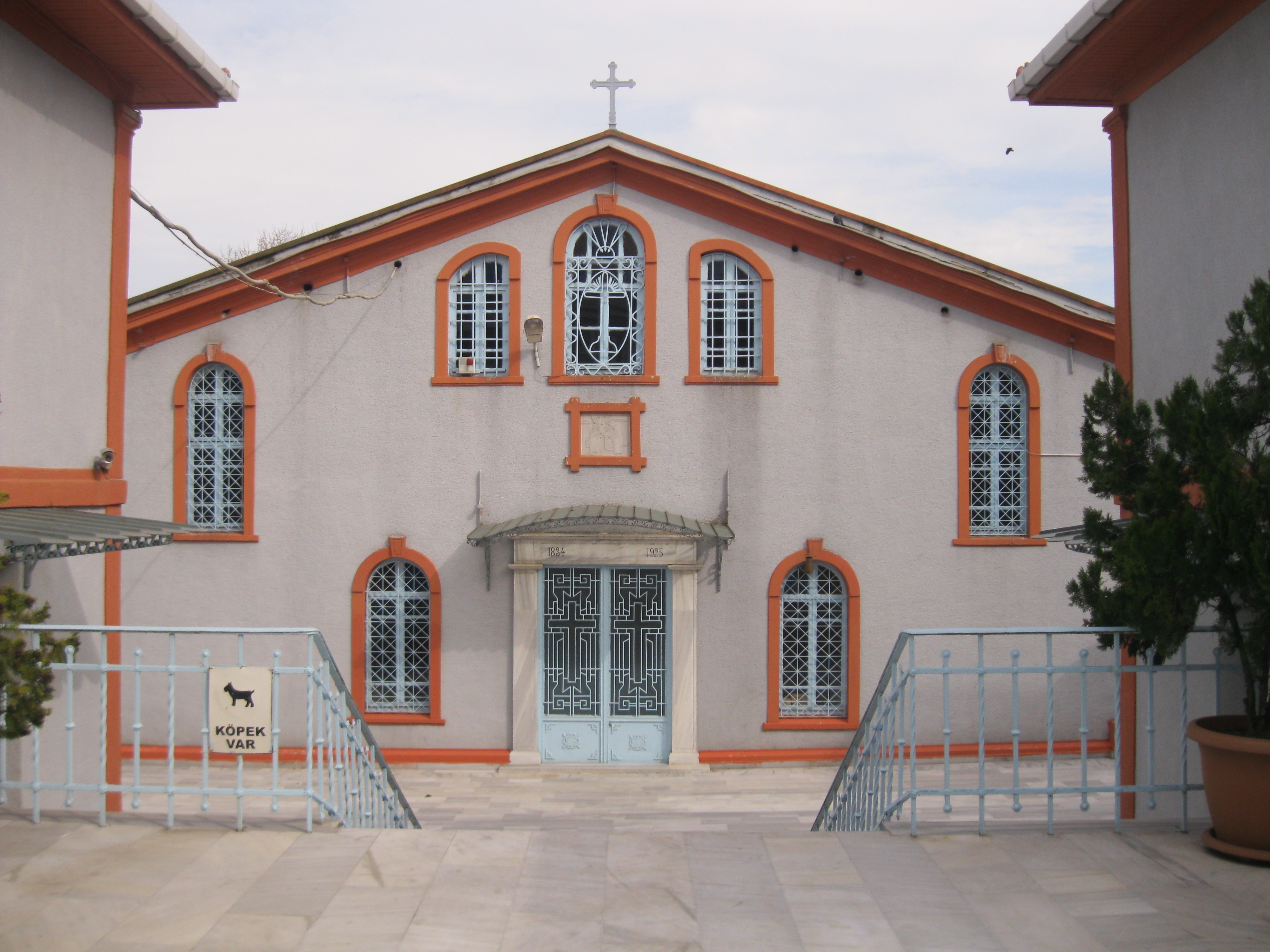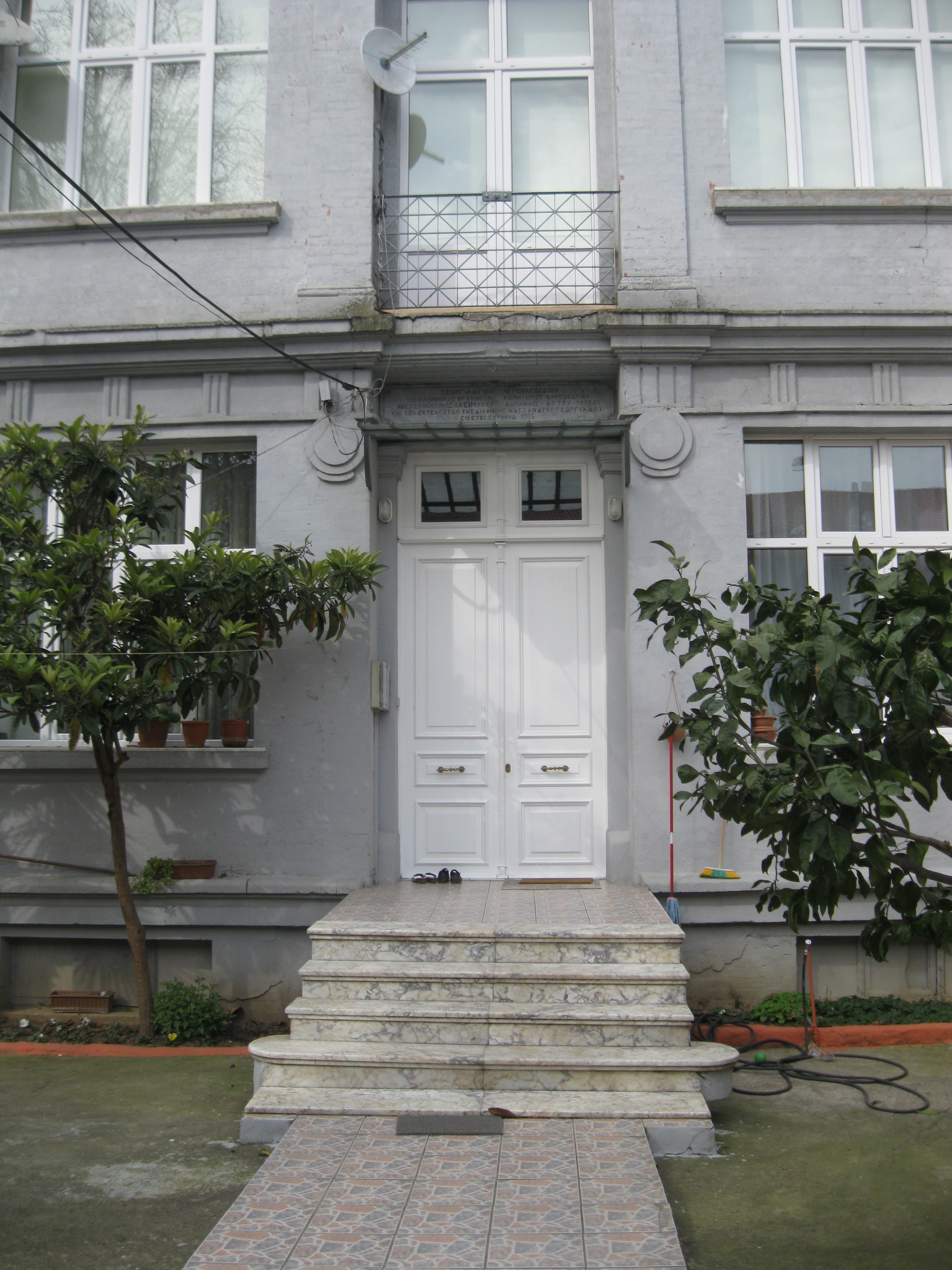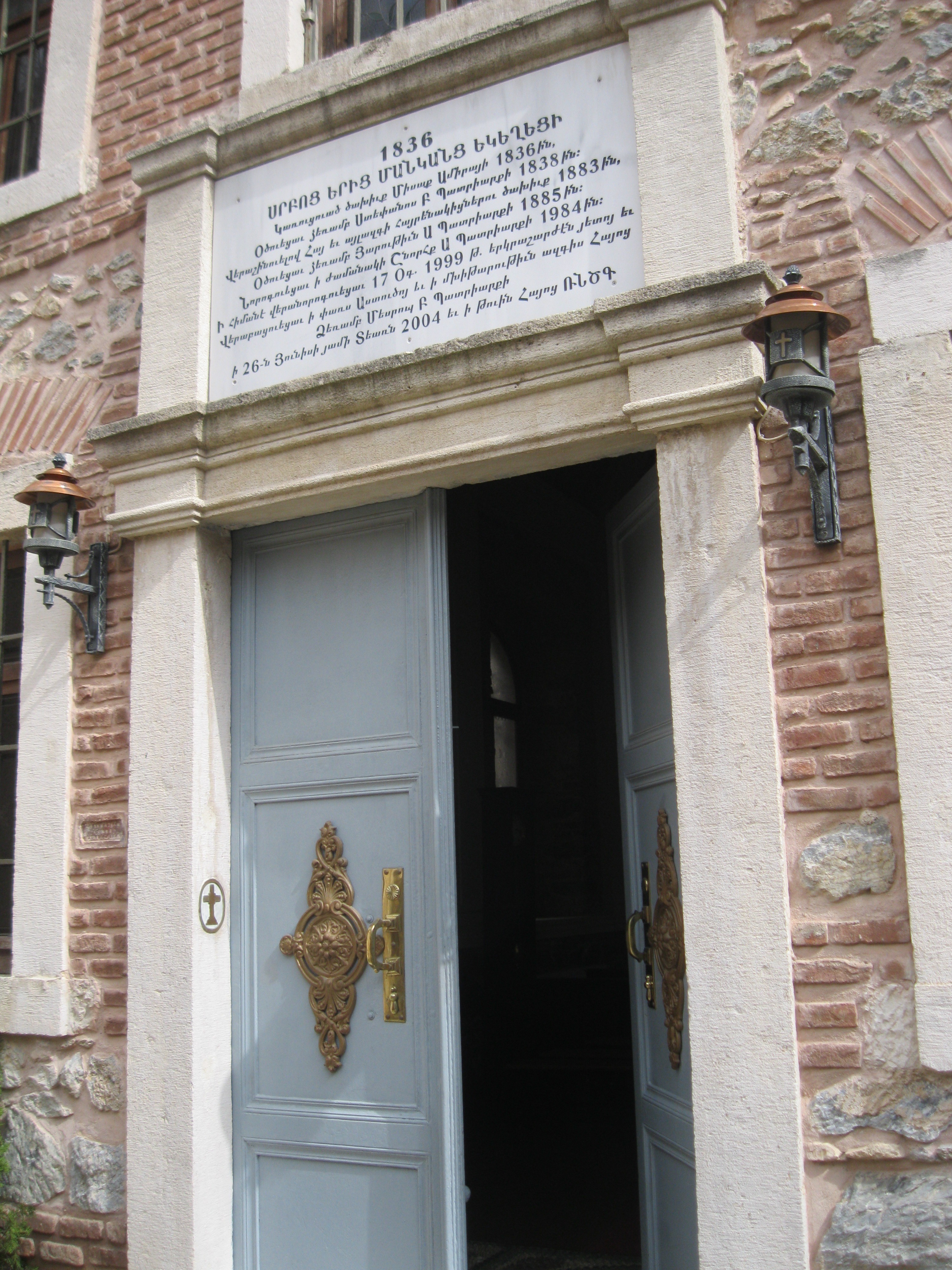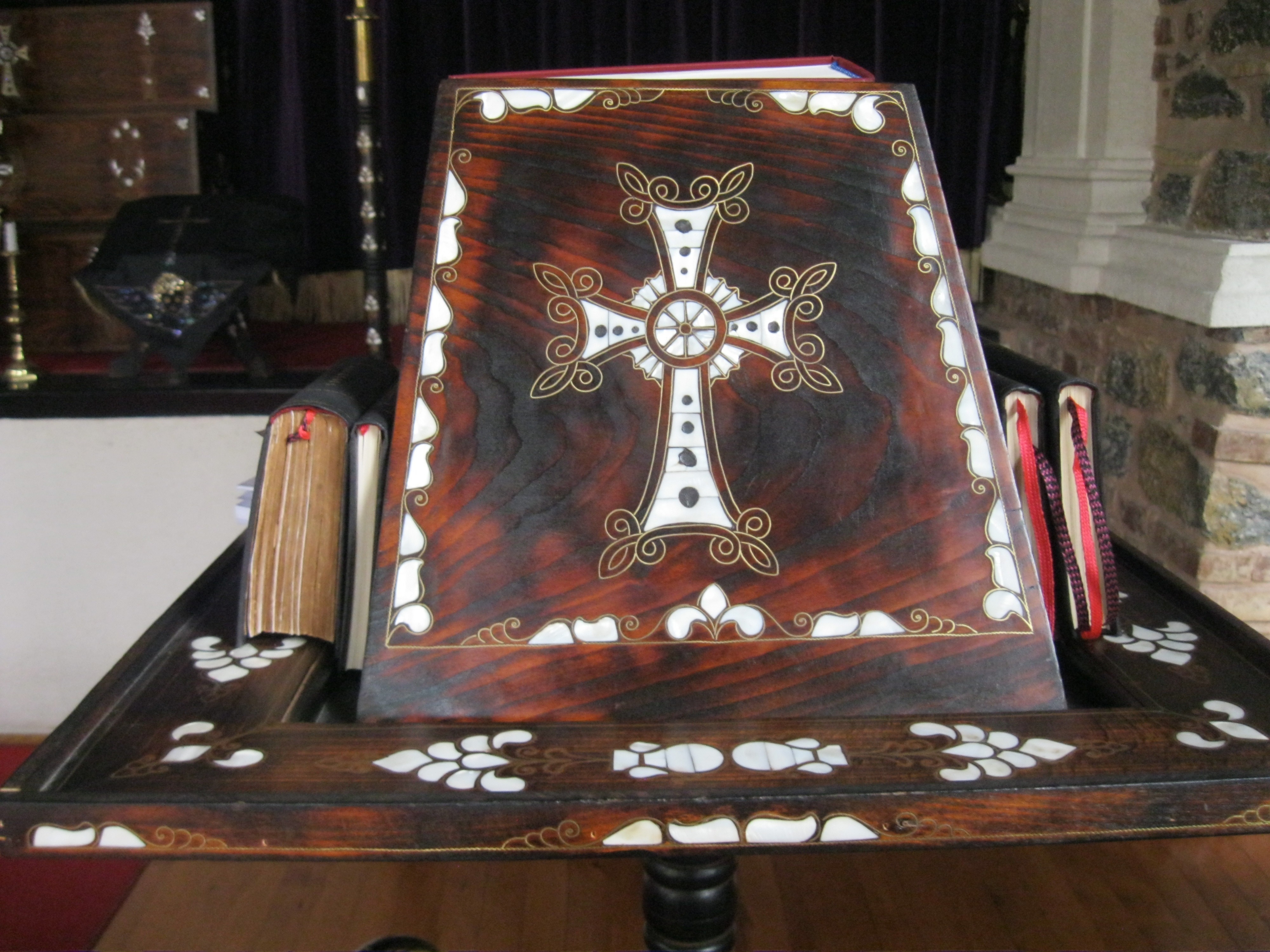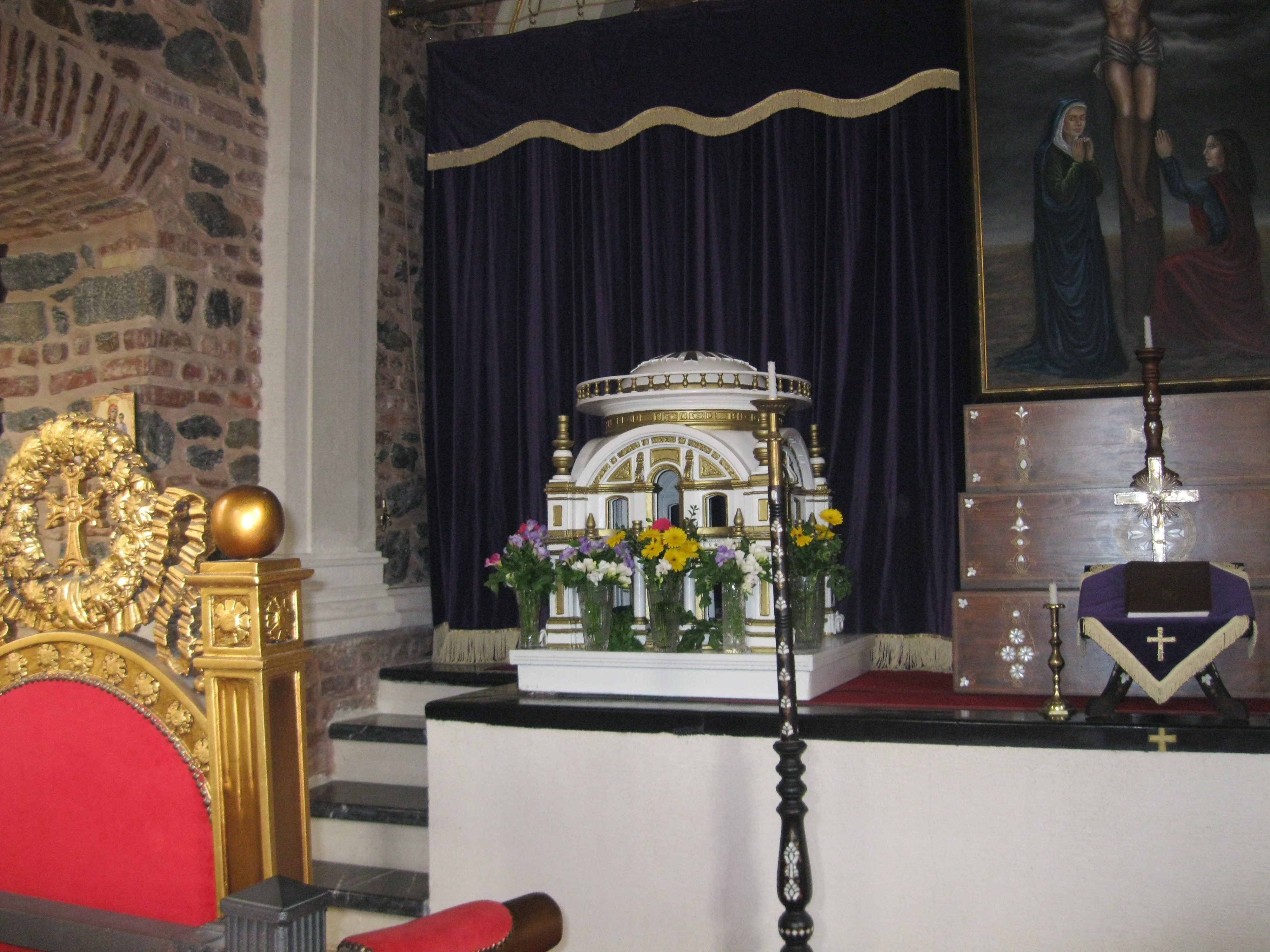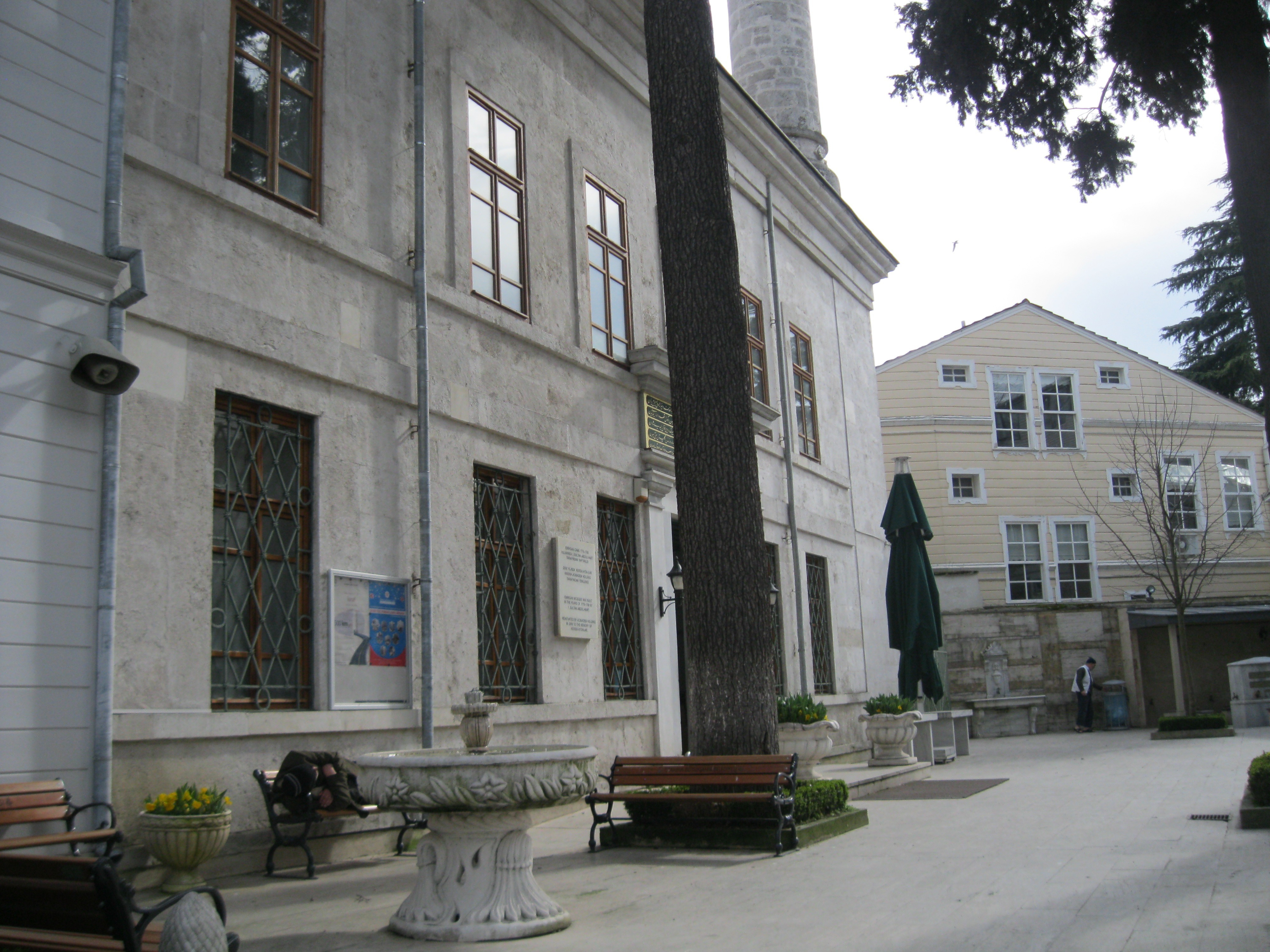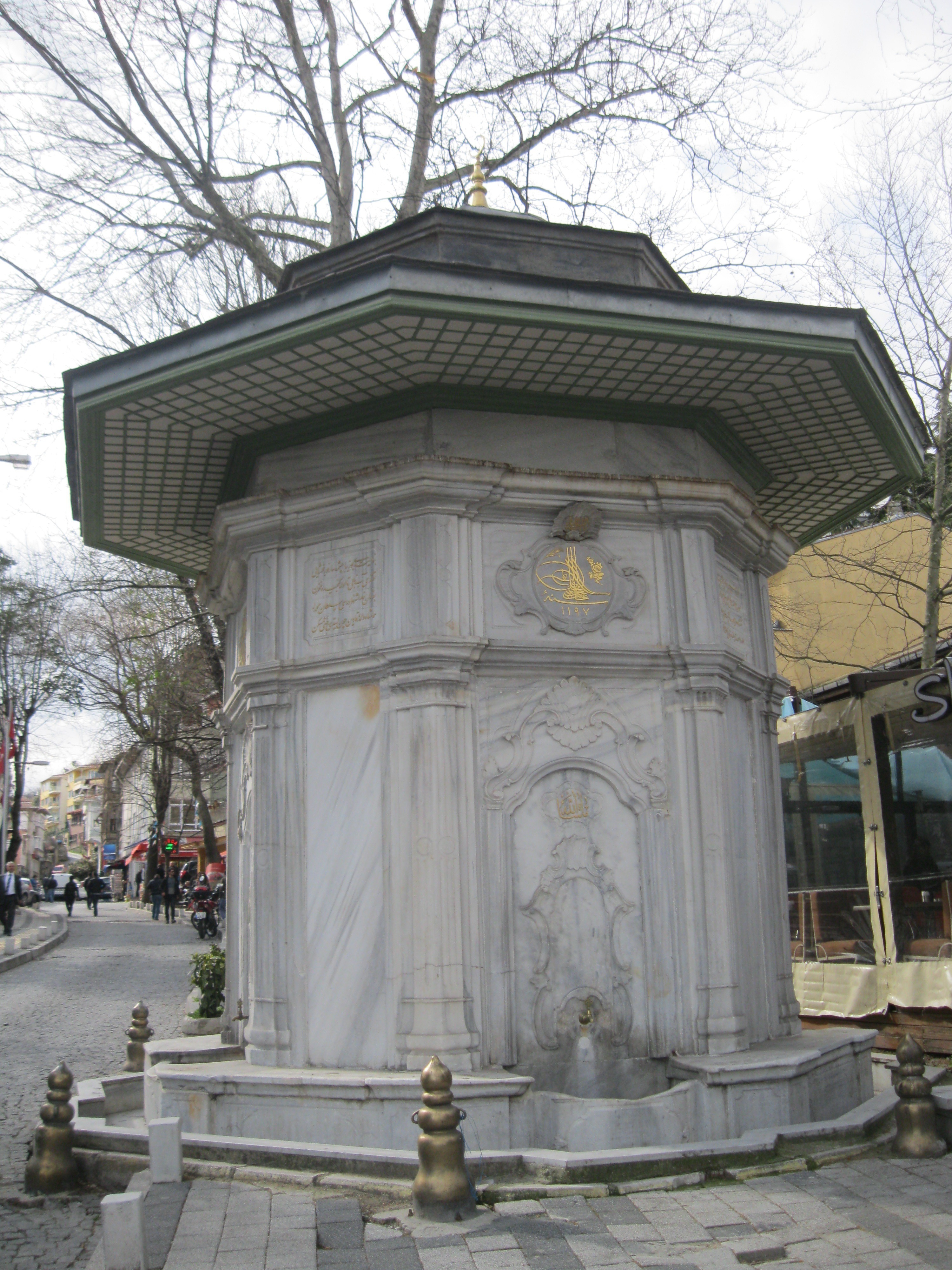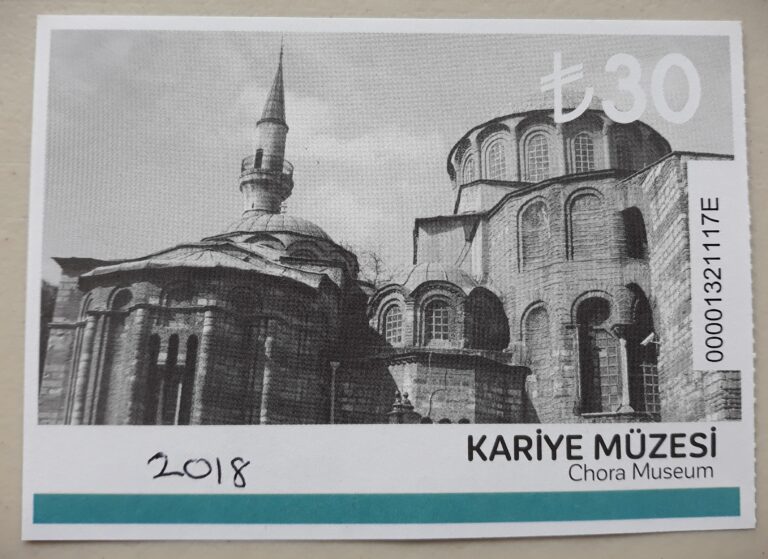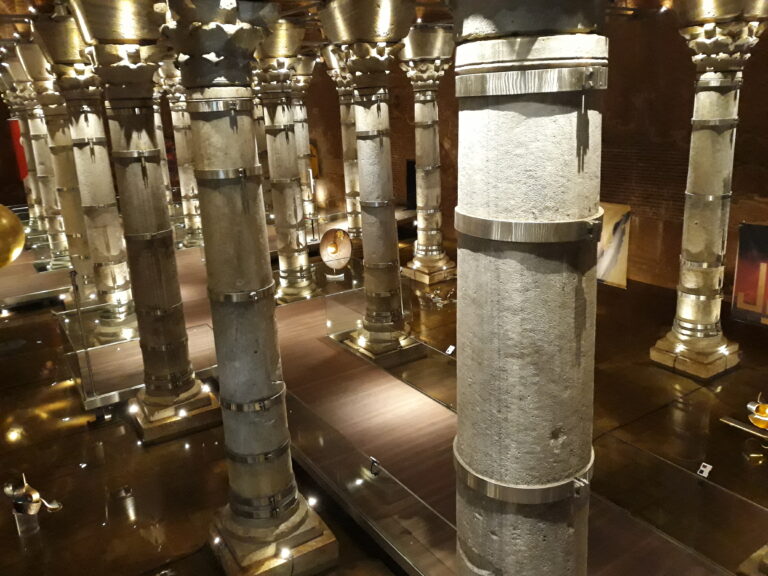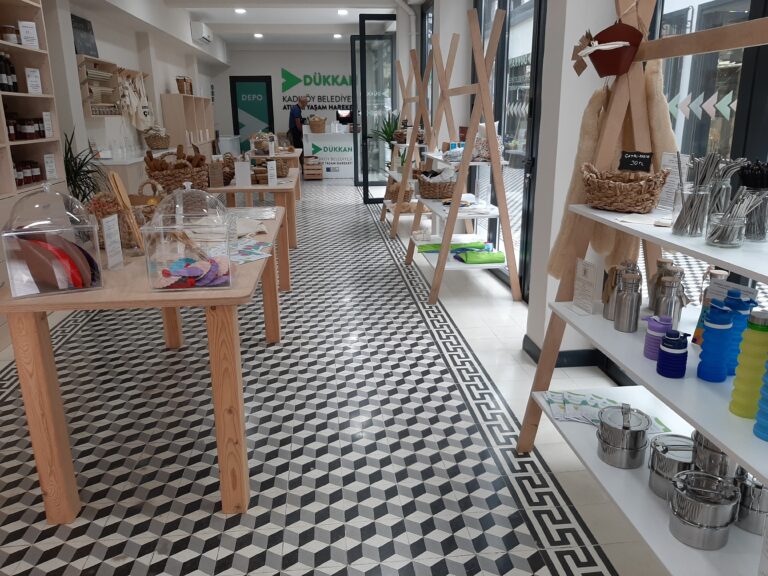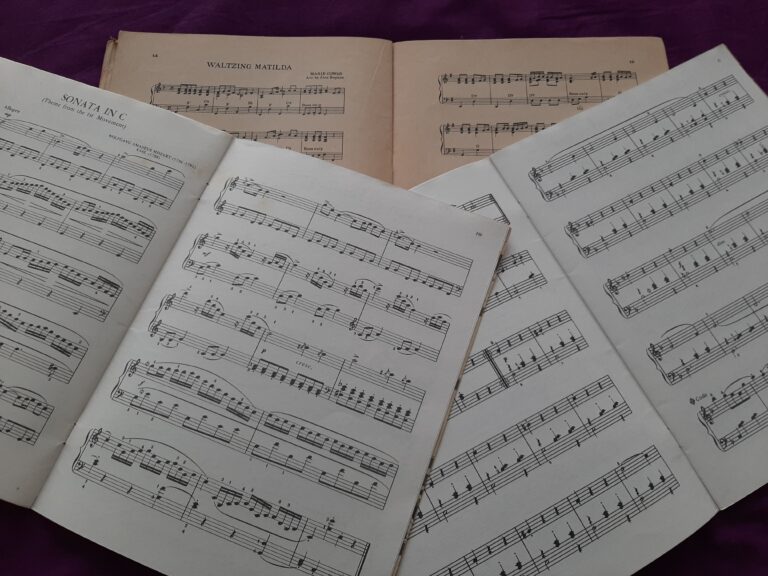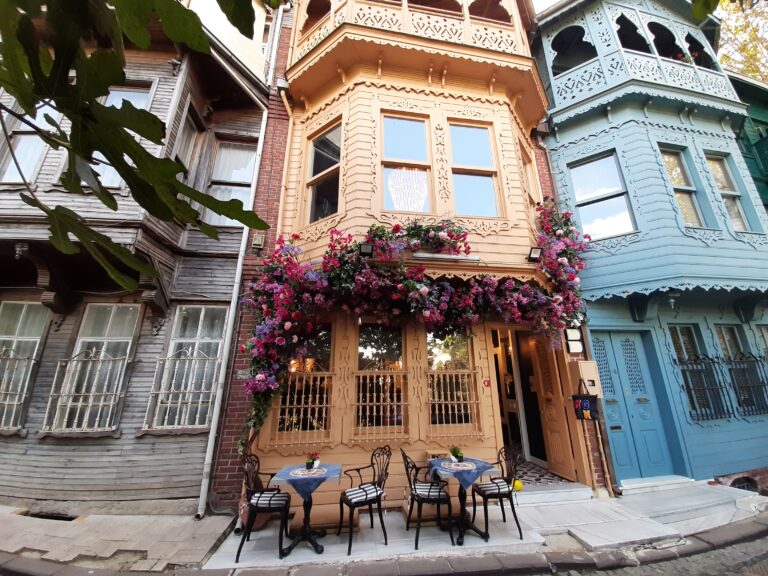Boyacikoy on the Bosphorus: Village of the Dyers
Tucked away on the shores of the Bosphorus, next to the far more fashionable and better known suburb of Emirgan, is Boyacikoy, which means ‘Village of the Dyers’. The suburb is so named because in the eighteenth century a large family of dyers from Kırklareli in Thrace, north west of Istanbul, were resettled here by Sultan Selim III. Their job was to dye all the fezes needed in Istanbul.
Like many such suburbs of Istanbul Boyacikoy is accessible by step narrow streets leading straight up from the waters’ edge. It’s well worth the climb for the surprises it reveals. In Fırın Sokağı sits the Church of Panagia Evangelista (St Mary) which dates back to 1834.
Just round the corner from the church is the former Greek Orthodox Primary School in Tebdil Eskisi Sokağı. I visited Boyacikoy the week before Orthodox Easter and many of the churches were closed as preparations for this most religious of events were completed. Luckily the Church of Surp Yerits Mangants (the Three Holy Infants) was open. Built over an ayazma (holy spring) which dates back to 1836, the interior was immaculate but the altar was covered in black curtains.
According to a Turkish Armenian friend of mine, “for Orthodox Armenians Easter Thursday is the most important day because it was the day that Jesus Christ washed the feet of his disciples and fed them. She told me “The priest does the same”, washing the feet of three or four children in the congregation.
Then on Friday they go to the cemetery to visit family members who have passed away. Sunday mass is the main event and in the Armenian church it is a sombre affair. Everything is covered and there are black curtains on the windows. As Ani says, “It’s closed, it’s black so it’s sort of mourning,” until Easter Sunday when Christ is reborn. *
Back down the hill there are still delightful gems to be found in Emirgan, if you know where to look. On one side of a cobbled street sits the Hamid-I Evvel Mosque. Built in 1838 during the reign of Mahmud II it stands on the site of much older mosque of which only the fountain survives. A private pew for the sultan juts out from the side of the building.
Opposite the mosque an octagonal fountain dating back to 1783, paid for by the wife of Sultan Abdülhamid I is still in place, but is no longer in use.
Just near it, obscured by the tangle of restaurants and cafes that have been built around and in it is a small building that was once a timekeeper’s lodge. Built in 1844 by Ağa Hüseyin Paşa, who also paid for the Serasker fire tower in Beyazit, it now houses a pudding shop. It is so hemmed in that I was unable to take a good photograph of it.
The fact that the lodge has been absorbed into a new business is a sign of the times. Istanbul is an ever changing city, hurtling towards the future at a fast pace. However I believe that no matter how much Istanbul continues to grow, it will always be a city of little villages like Boyacıköy.
*For more information about Orthodox Easter please click here. For more on non-Muslim places of worship in Istanbul please click here.
